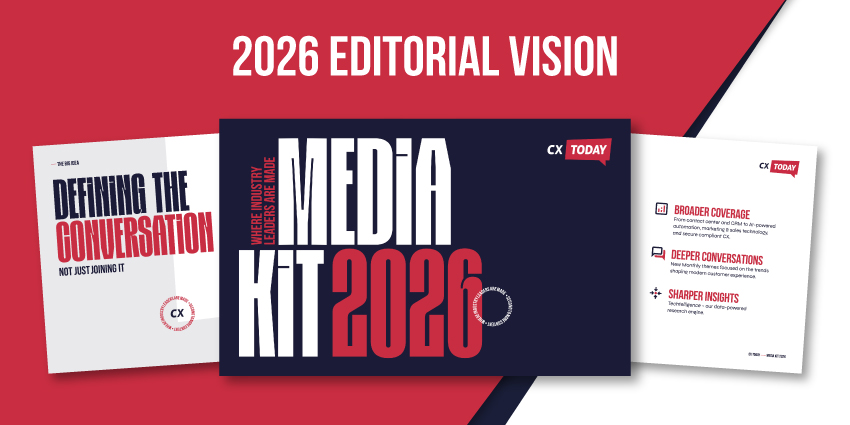Twilio SendGrid has released its 2022 Global Messaging Engagement Report, which highlights customer frustration with the messages they receive from brands as a significant CX trend.
In fact, most of the 4,800 consumer participants believe that receiving too many messages from a brand is frustrating and annoying, with 52% of global respondents reporting that they would unsubscribe if a company emailed them every day.
Yet, frequency is not the only source of frustration that often comes with customer emails. 24% of global respondents pinpointed irrelevant content as a top turnoff.
The pattern of companies getting frequency and relevancy wrong is not unique to email. Twilio found these to be the biggest gripes with SMS customer communication too.
However, frequent emails are not necessarily a customer experience killer. According to recipient interviews within the report, most are not against receiving emails, as long as they provide value. Often, it is the repetitive messaging that annoys them and fosters unsubscribes.
Of course, if companies harness personalisation tools to enhance customer communication, they could instead customize messaging to relieve frustration and drive better engagement rates.
So, instead of recommending the same sale three times in a week – for example – Twilio recommend a different approach.
As the report states: “If those same three emails contained product recommendations customized to their past buying behaviour, a deal on one of their most frequently bought items, and a timely company update, recipients said they would be more likely to overlook the message frequency and engage with these messages.”
Customers are also becoming more familiar with such personalisation and are increasingly comfortable with its role within CX. Only 30% of respondents reported not wanting to share more personal info with businesses.
Meanwhile, 57% of global respondents said personalisation would strongly or somewhat influence whether they find an email memorable.
While there are many levels of personalisation, from addressing customers by their first name to offering birthday discounts, these tools are evolving. Slowly but surely, CX is moving into an era of hyper-personalisation.
More Thought-Provoking Findings from The Twilio Report
The Twilio SendGrid report reveals many more intriguing customer communication and engagement statistics. Standouts include:
- 14% of global respondents still list text messages in their top three communications channels
- 74% of UK consumers said an offer or promotion is strongly or somewhat influential in convincing them to open an email
- Generally, British customers get “especially upset” when brands send follow-up messages containing the same information
By conducting this research, Twilio aimed to get to grips with how customers worldwide want to interact with their favourite brands.
The 4,800 consumers interviewed for the 2022 Global Messaging Engagement Report were based in Brazil, France, Germany, Japan, the UK, and the US.







